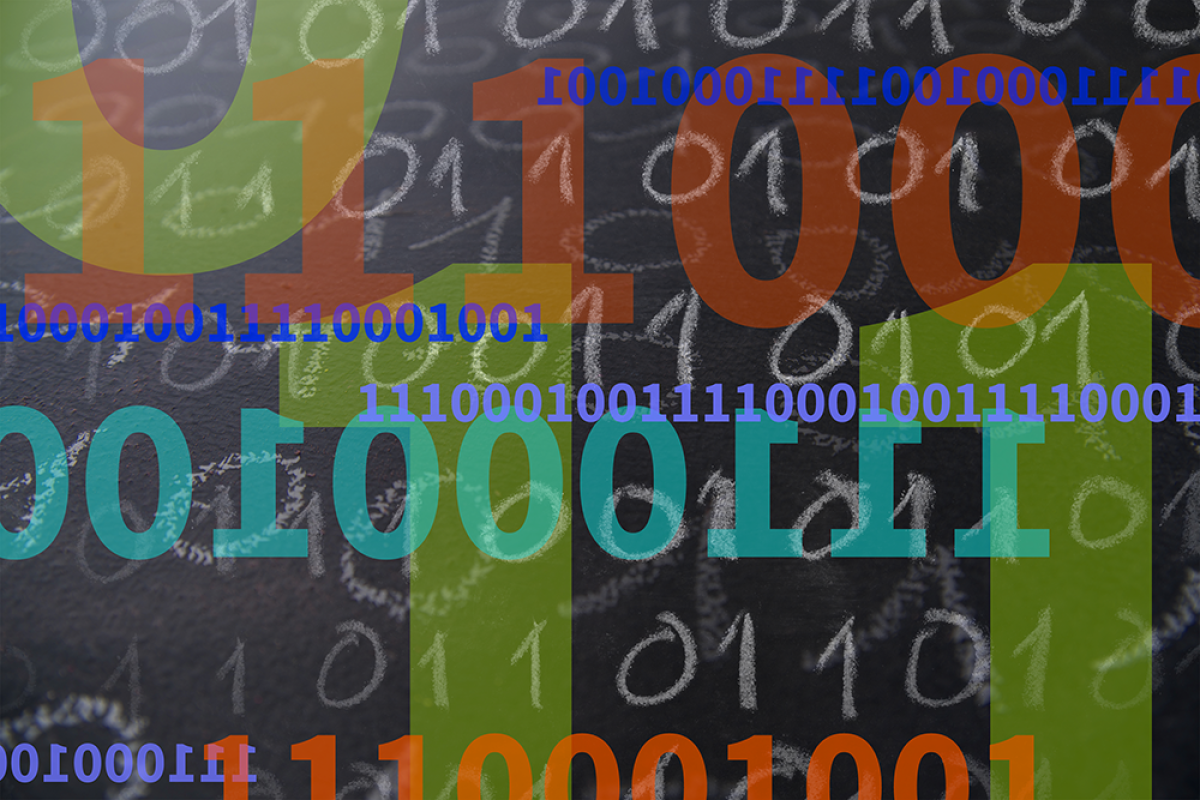Researchers have come up with a way to generate truly random numbers using quantum mechanics. The method uses photons to generate a string of random ones and zeros, and leans on the laws of physics to prove that these strings are truly random, rather than merely posing as random. The researchers say their work could improve digital security and cryptography.
The challenge for existing random number generators is not only creating truly random numbers, but proving that those numbers are random. "It's hard to guarantee that a given classical source is really unpredictable," says Peter Bierhorst, a mathematician at the National Institute of Standards and Technology (NIST), where this research took place. "Our quantum source and protocol is like a fail-safe. We're sure that no one can predict our numbers."
For example, random number algorithms often rely on a source of data which may ultimately prove predictable, such as atmospheric noise. And however complex the algorithm, it's still applying consistent rules. Despite these potential imperfections, these methods are relied on in the day-to-day encryption of data. This team's method, however, makes use of the properties of quantum mechanics, or what Einstein described as "spooky action at a distance."
"Something like a coin flip may seem random, but its outcome could be predicted if one could see the exact path of the coin as it tumbles," adds Bierhorst, "Quantum randomness, on the other hand, is real randomness. We're very sure we're seeing quantum randomness because only a quantum system could produce these statistical correlations between our measurement choices and outcomes."
When it comes to the source of the randomness, we're back to good old quantum superpositions, where a quantum particle can be a one, zero, or both at once. The measurement of these superpositions has fundamentally unpredictable results. The method doesn't so much use the superpositions themselves to generate the data, but the correlations between these superpositions when photons are looked at in pairs.
However, the team goes a step further to improve the quality of its data. By analyzing the data produced, the researchers can home in on shorter strings where the occurrence of ones and zeros is nearer to fifty-fifty. The team has written a computer program to select the strings, which ironically uses a conventional random number generator to provide seed data, effectively telling the program what to look for.
The researchers call this proximity to fifty-fifty perfection "uniformity." From the more than 100 million bits generated, the researchers found 1,024 certified to be uniform to a trillionth of a percent. "A perfect coin toss would be uniform, and we made 1,024 bits almost perfectly uniform, each extremely close to equally likely to be 0 or 1," Bierhorst explains.
Further, the team can prove the randomness of the data by using sources too far apart to allow for the possibility of secret communications between them. Any such communication would be impossible in the timeframes in question thanks to the limitation of the speed of light. And the method is certified to be random even if the methods applied and seed data are open to the public, though it's essential that the experiment itself is done in isolation.
The team's research is published in the April 12 issue of Nature.





